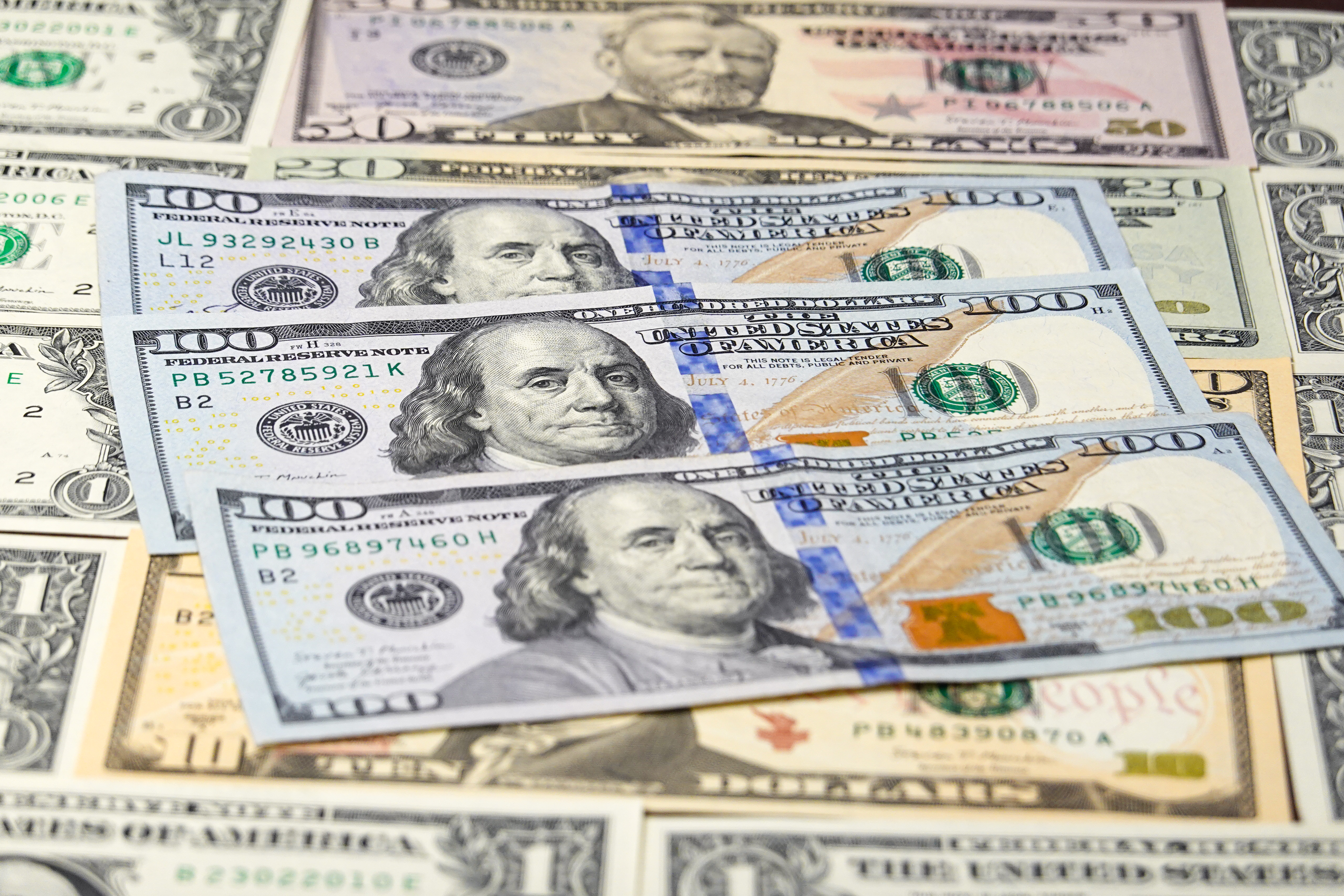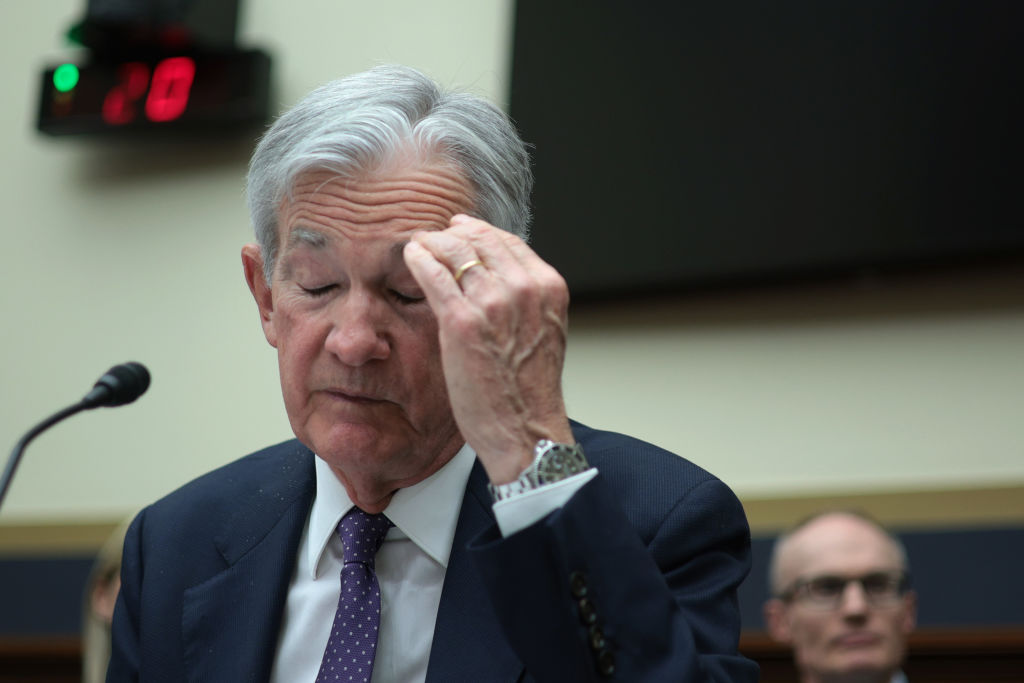Gold remains in solid shape
Despite hitting a three-month low, gold looks to be in resilient long-term form.
Gold tumbled to a three-month low just above $1,600 per ounce last week and has been stuck in a range between $1,600 and $1,800 for seven months.
Last week's wobble was due to the minutes of the Federal Reserve's latest meeting, signalling no further money printing. Meanwhile, gold jewellers in India, the biggest jewellery market, closed in protest against an increase in the government's import tariff, which could dent demand.
Buying on dips still looks the best bet, says WirtschaftsWoche. One thing to keep in mind is that the overall state of the market still looks healthy. Short-term speculators and traders in the futures market are the tail wagging the dog: they have been selling of late as global risk appetite has improved, making stocks look a better bet. But while the so-called paper market has had a rocky ride, the physical investment market, comprising long-term investors, remains in solid shape.
MoneyWeek
Subscribe to MoneyWeek today and get your first six magazine issues absolutely FREE

Sign up to Money Morning
Don't miss the latest investment and personal finances news, market analysis, plus money-saving tips with our free twice-daily newsletter
Don't miss the latest investment and personal finances news, market analysis, plus money-saving tips with our free twice-daily newsletter
Indeed, inflows into gold-backed exchange-traded funds have risen, notes Morgan Stanley. And the short-term investors' latest worry that there will be no more quantitative easing looks overblown. Given the scope for further defaults and bank losses in Europe, and the fragile state of most major economies, further money printing can hardly be ruled out just yet.
But even without it, "the Fed is still ultra-accommodative", says HSBC's James Steel. With inflation creeping up, real interest rates are negative and falling.
Moreover, the danger of inflation eventually surging as all the printed money begins to move around the economy more quickly as the hangover from the burst credit bubble begins to fade has hardly gone away. Central banks may also be tempted to let it rise in order to erode our towering debts. "The only way out of this banking crisis will be inflation in the end," says Peter Hambro of Petropavlovsk.
Not only is the global monetary and financial system still far from returning to normal, but gold supply is constrained too, says Ambrose Evans-Pritchard in The Daily Telegraph. World output has been stuck for the last ten years at around 2,700 tonnes a year, despite a quadrupling of investment. Gold has risen more than sixfold from its 2001 low, and "the golden age is not over" yet.
Get the latest financial news, insights and expert analysis from our award-winning MoneyWeek team, to help you understand what really matters when it comes to your finances.
MoneyWeek is written by a team of experienced and award-winning journalists, plus expert columnists. As well as daily digital news and features, MoneyWeek also publishes a weekly magazine, covering investing and personal finance. From share tips, pensions, gold to practical investment tips - we provide a round-up to help you make money and keep it.
-
 Rachel Reeves confirms ‘workaround’ for pensioners facing tax bill on state pension
Rachel Reeves confirms ‘workaround’ for pensioners facing tax bill on state pensionAs the full new state pension looks set to breach the tax-free personal allowance within years, the government has said anyone on just a state pension won’t have to pay income tax on the payment until the end of this parliament
-
 Zoopla: House prices in southern England drop for first time in 18 months
Zoopla: House prices in southern England drop for first time in 18 monthsHouse buyers could benefit from a fall in prices, triggered by a rumoured ‘property tax’ prior to the Budget, as Zoopla revealed lower prices for the first time in 18 months
-
 The challenge with currency hedging
The challenge with currency hedgingA weaker dollar will make currency hedges more appealing, but volatile rates may complicate the results
-
 Can Donald Trump fire Jay Powell – and what do his threats mean for investors?
Can Donald Trump fire Jay Powell – and what do his threats mean for investors?Donald Trump has been vocal in his criticism of Jerome "Jay" Powell, chairman of the Federal Reserve. What do his threats to fire him mean for markets and investors?
-
 Freetrade’s new easy-access funds aim to beat top savings rates
Freetrade’s new easy-access funds aim to beat top savings ratesFreetrade has launched an easy-access exchange traded fund (ETF) range - here’s how the ETFs work and how they compare to the savings market
-
 Go for value stocks to insure your portfolio against shocks, says James Montier
Go for value stocks to insure your portfolio against shocks, says James MontierInterview James Montier, at investment management group GMO, discusses value stocks and slow-burn Minsky moments with MoneyWeek.
-
 Where do we go from here?
Where do we go from here?Features A new series of interviews from MoneyWeek
-
 As China reopens, why pick an income strategy?
As China reopens, why pick an income strategy?Advertisement Feature Yoojeong Oh, Investment Manager, abrdn Asian Income Fund Limited
-
 Income in the USA
Income in the USAAdvertisement Feature Fran Radano, manager on The North American Income Trust
-
 The challenge of turbulent markets
The challenge of turbulent marketsAdvertisement Feature Today, ISA investors face one of the most challenging economic environments seen in recent years. However, good companies can still thrive, even in the toughest economic conditions. That’s why BlackRock’s fund managers focus on these businesses when they’re looking for investment opportunities.

